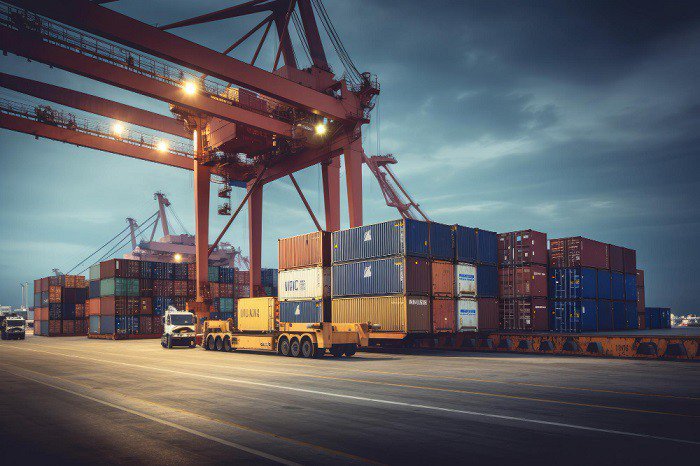
In recent weeks, the global shipping industry has witnessed a significant development as container rates experienced a dip, attributed to the easing of disruptions in the Red Sea. The Red Sea, a critical maritime route connecting the Mediterranean Sea to the Indian Ocean, has been at the center of attention due to various geopolitical and operational challenges. This article explores the factors contributing to the disruption, its impact on global container rates, and the recent developments that have led to a welcomed easing in the shipping industry.
Factors Leading to Red Sea Disruption
Several factors contributed to the disruption in the Red Sea, affecting the smooth flow of global maritime trade. One major factor was the escalation of regional tensions, leading to increased military presence and heightened security concerns. Geopolitical conflicts, particularly in the Bab el-Mandeb Strait – a strategic chokepoint in the Red Sea – raised fears of potential shipping disruptions and prompted shipping companies to reconsider their routes and schedules.
Additionally, piracy concerns in the region added to the complexities faced by vessels navigating the Red Sea. Pirates often targeted commercial ships, leading to heightened security measures and increased costs for shipping companies. These challenges culminated in a cautious approach by shipping operators, impacting the overall efficiency of the Red Sea route.
Impact on Global Container Rates
The disruptions in the Red Sea had a ripple effect on global container rates, causing an uptick in costs for shipping companies. The uncertainty and perceived risks led to a decrease in the frequency of sailings along the affected routes, contributing to a tightening of container capacity. As a result, demand for shipping services surged, and container rates skyrocketed, creating challenges for businesses reliant on timely and cost-effective international trade.
According to industry reports, the average global container rates rose by over 40% during the peak of the Red Sea disruptions. Shipping companies, faced with increased operational costs and uncertainty, passed on these expenses to businesses and consumers. This resulted in a tangible impact on the prices of imported goods and manufacturing costs for businesses operating within global supply chains.
The elevated container rates, in turn, had implications for various industries. Manufacturers, retailers, and other businesses dependent on a seamless supply chain experienced increased operational costs, leading to potential impacts on consumer prices. The situation prompted stakeholders in the shipping industry to closely monitor developments in the Red Sea and seek solutions to mitigate the disruptions.
Easing of Red Sea Disruption
Recent weeks have brought positive news for the shipping industry as disruptions in the Red Sea have started to ease. Diplomatic efforts and increased security measures have contributed to a more stable environment, allowing shipping companies to resume normal operations along the critical maritime route. The de-escalation of geopolitical tensions and successful anti-piracy measures have played a pivotal role in restoring confidence in the Red Sea corridor.
Consequently, the global container rates have witnessed a decline, providing relief to businesses grappling with the heightened costs of international shipping. Industry analysts note a 15% reduction in average container rates following the easing of disruptions. The increased stability in the Red Sea has allowed shipping companies to restore regular schedules, reducing the uncertainty that had characterized the region in recent months.
Conclusion
The recent dip in global container rates, attributed to the easing of disruptions in the Red Sea, marks a positive turn of events for the shipping industry. The challenges faced by the sector underscore the intricate interplay between geopolitics, security concerns, and global trade. As the situation in the Red Sea continues to stabilize, stakeholders can anticipate a more predictable and efficient maritime environment, benefiting businesses and consumers alike. However, the shipping industry remains vigilant, recognizing the dynamic nature of geopolitical landscapes and the need for continued collaboration to ensure the resilience of global supply chains.





 Get instant quote
and compare offers in real time
Get instant quote
and compare offers in real time